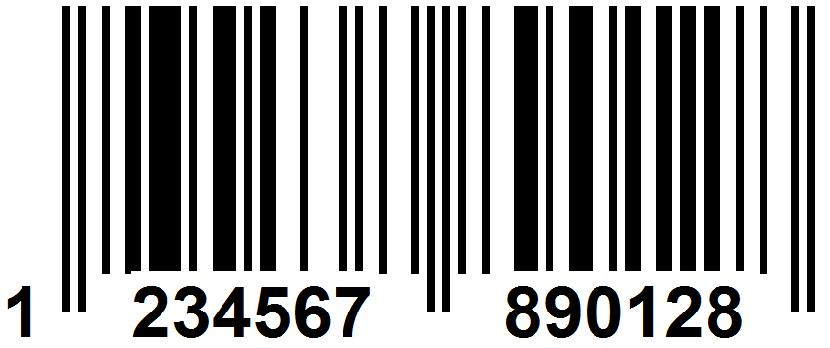Tomcat
Professional
- Messages
- 2,689
- Reaction score
- 978
- Points
- 113
There are two types of codes:


Any type of barcode can be used on plastic cards. It all depends on the equipment you have, which will subsequently be used to read them. At the moment, linear barcode scanners are more common. And since discount cards are most often used in retail, most cards have a linear barcode.
Linear codes also include system codes: UPC (UPC-A, UPC-E), Code56, Code128 (UPC/EAN-128), Codabar, “Interleaved 2 of 5”. These systems can encode not only numbers, but also letters and special characters. The volume of information encoded in such a code is no more than 128 characters. This volume is quite enough to encode access to information or a function on the medium.
(c) https://card-online.ru/articles
Linear
The most common standards for this code are the EAN and Code
Two-dimensional
The most common standards for this code. QR and Data Matrix
Any type of barcode can be used on plastic cards. It all depends on the equipment you have, which will subsequently be used to read them. At the moment, linear barcode scanners are more common. And since discount cards are most often used in retail, most cards have a linear barcode.
More about Linear Codes
The simplest linear code is EAN - 8 or 13 digits - indicating the product code. Contains neither variable data nor descriptions of product properties. Nothing except an identification code, a certain password in the system, by reading which the system opens additional information about the product with such a code. Only numbers from 0-9 are encoded. EAN codes are a European standard. And they can be read by almost any reader. EAN-13 is the most common barcode in the world. EAN - 8 EAN - 13Linear codes also include system codes: UPC (UPC-A, UPC-E), Code56, Code128 (UPC/EAN-128), Codabar, “Interleaved 2 of 5”. These systems can encode not only numbers, but also letters and special characters. The volume of information encoded in such a code is no more than 128 characters. This volume is quite enough to encode access to information or a function on the medium.
Disadvantages of Linear Codes
A discount card should not only provide the client with a discount, or give access to some bonuses. One of the main functions of a discount card is to remember your client’s activity. It should distinguish a regular customer from a new one. It should have several different functions, for example, work both as a discount and as a savings account. It must have an expiration date. Distinguish calendar dates (for example, activate new functions during promotions). Discount cards working using a linear code cannot do any of this.Two-dimensional codes
Two-dimensional codes on plastic cards are used quite rarely. Although they have a larger volume of encoded information, they have not yet received such wide distribution and application as linear ones. Two-dimensional codes never became real “product codes”. Two-dimensional code can be called a kind of by-product. Magnetic tape or the simplest electronic chip on a card can remember more than a two-dimensional code. In addition, the chip can remember new information or erase old information - that is, it has much more functions. The only advantage of a two-dimensional code over an electronic chip and magnetic tape is the price. This code is convenient to read using mobile phones. Provide extended information about the product using such a code. But in the field of providing discounts on plastic cards, the use of such codes is functionally limited.(c) https://card-online.ru/articles
